Home>Gardening & Outdoor>Landscaping Ideas>Is It OK To Cut Grass When It’s Wet
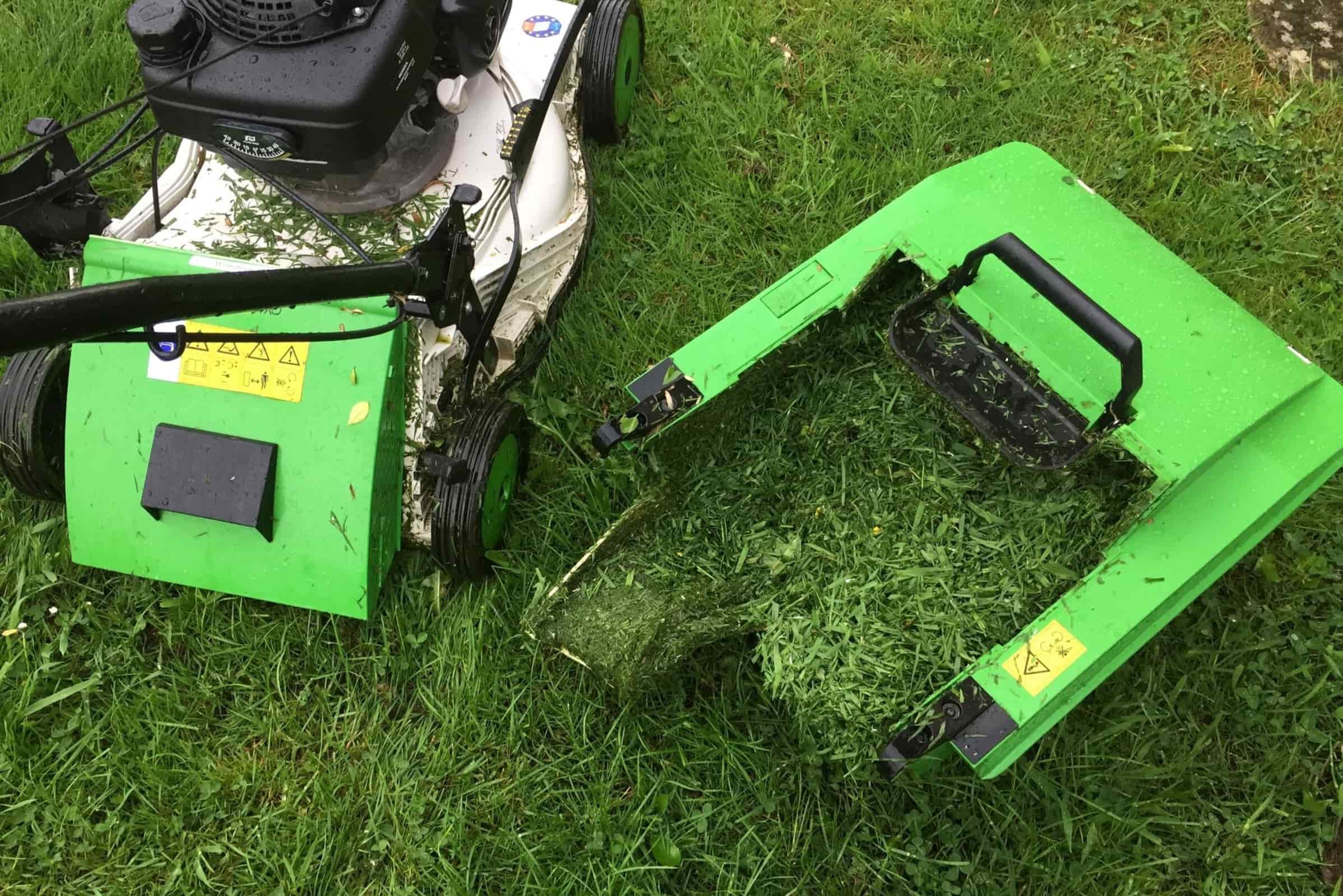

Landscaping Ideas
Is It OK To Cut Grass When It’s Wet
Modified: January 27, 2024
Learn the best landscaping ideas for cutting grass when it's wet. Discover the dos and don'ts of mowing wet grass to keep your lawn healthy and vibrant.
(Many of the links in this article redirect to a specific reviewed product. Your purchase of these products through affiliate links helps to generate commission for Storables.com, at no extra cost. Learn more)
Introduction
Read more: Is It Safe To Cut Grass When Wet
The Challenge of Cutting Wet Grass
One of the perennial debates among lawn enthusiasts is whether it’s acceptable to mow the lawn when the grass is wet. This question often sparks lively discussions and varying opinions. Some homeowners argue that mowing wet grass is perfectly fine, while others adamantly oppose the practice. To shed light on this topic, it’s essential to explore the effects of cutting wet grass, the potential risks involved, and valuable tips for maintaining a healthy lawn, regardless of the weather conditions.
When it comes to lawn care, understanding the implications of mowing wet grass is crucial for preserving the health and aesthetics of your yard. By delving into the effects, risks, and best practices associated with this issue, you can make informed decisions and cultivate a lush, vibrant lawn that thrives under diverse weather conditions.
Key Takeaways:
- Mowing wet grass can lead to clumping, damage to grass blades, soil compaction, disease spread, and aesthetic issues, impacting the lawn’s health and appearance. Consider alternative strategies for preserving the lawn’s well-being.
- To minimize the negative effects of mowing wet grass, adjust the mower height, sharpen blades, clear debris, time mowing appropriately, use a mulching mower, and clean the mower after use. Prioritize the long-term health and beauty of the lawn.
The Effects of Cutting Wet Grass
When the decision to mow the lawn coincides with wet grass, it’s important to consider the potential effects on both the grass itself and the overall landscaping. Mowing wet grass can have several consequences, impacting not only the visual appeal of the lawn but also its long-term health.
1. Clumping and Clogging: Wet grass tends to clump together, leading to clogging issues in the lawnmower. This can impede the machine’s efficiency and result in an uneven cut, leaving behind unsightly patches of unevenly trimmed grass.
2. Damage to Grass Blades: The moisture present on the grass blades during mowing can cause tearing instead of clean cutting. This tearing can weaken the grass and make it more susceptible to diseases and pest infestations, compromising its overall health.
3. Soil Compaction: Mowing wet grass can lead to soil compaction, especially in areas where the ground is already saturated. The added weight and moisture from the lawnmower can compress the soil, hindering the grass roots’ access to essential nutrients and oxygen.
4. Spreading Diseases: Wet grass is more prone to harboring fungal diseases. Mowing under these conditions can exacerbate the spread of such diseases, as the lawnmower blades can transfer infected grass clippings to healthy areas, facilitating the proliferation of pathogens.
5. Aesthetic Impact: In addition to the potential damage to the grass and soil, mowing wet grass can result in a less visually appealing lawn. The clumped and unevenly cut grass, coupled with the potential for soil compaction, can detract from the overall beauty of the landscape.
Understanding these effects underscores the importance of evaluating the feasibility and potential consequences of mowing wet grass. While the urge to maintain a tidy lawn is understandable, it’s essential to weigh these effects against the immediate need for mowing and consider alternative strategies for preserving the lawn’s health and appearance.
The Risks of Cutting Wet Grass
While the decision to mow wet grass may seem convenient at times, it’s vital to recognize the potential risks associated with this practice. By understanding these risks, homeowners can make informed choices that prioritize the long-term health and vitality of their lawns.
1. Increased Equipment Wear: Mowing wet grass can accelerate the wear and tear on lawnmower blades and other components. The moisture and clumping of the grass can place additional strain on the equipment, potentially leading to premature deterioration and the need for more frequent maintenance.
2. Safety Concerns: Wet grass can create slippery conditions, posing safety hazards for the person operating the lawnmower. The increased likelihood of slips and falls during wet mowing conditions underscores the importance of prioritizing safety and considering alternative timing for lawn maintenance.
3. Potential Lawn Damage: Beyond the immediate effects on grass and soil, mowing wet grass can contribute to long-term damage to the lawn. The compaction of wet soil and the tearing of grass blades can impede healthy growth, leading to weakened turf and increased susceptibility to environmental stressors.
4. Fungal Spread: Wet grass is more susceptible to fungal diseases, and mowing under these conditions can exacerbate the spread of such pathogens. This not only jeopardizes the health of the affected grass but also increases the risk of widespread fungal infestations throughout the lawn.
5. Environmental Impact: Mowing wet grass can have environmental implications, especially if the clippings are left on the lawn. The moisture-laden clippings can contribute to thatch buildup, inhibiting proper airflow and nutrient absorption in the soil, thereby impacting the overall ecological balance of the lawn.
Recognizing these risks underscores the importance of evaluating the potential consequences of mowing wet grass. By acknowledging these factors, homeowners can make informed decisions that prioritize the well-being of their lawns and the surrounding environment.
It is not recommended to cut grass when it’s wet because it can lead to an uneven cut, damage to the lawn, and clogging of the mower. Wait for the grass to dry before mowing for the best results.
Tips for Cutting Wet Grass
While mowing wet grass presents challenges, there are strategies and precautions that homeowners can implement to minimize the potential negative effects and maintain a healthy lawn despite the unfavorable mowing conditions.
1. Choose the Right Mowing Height: When mowing wet grass, it’s advisable to raise the cutting height of the lawnmower. Taller grass blades can help mitigate the tearing and clumping associated with wet conditions, promoting a cleaner cut and reducing the strain on the equipment.
2. Sharpen Mower Blades: Ensuring that the lawnmower blades are sharp is essential for mowing wet grass. Sharp blades can facilitate cleaner cuts, minimizing tearing and damage to the grass, and reducing the strain on the lawnmower motor and components.
3. Clear Debris and Obstructions: Before mowing wet grass, it’s important to clear the lawn of any debris, such as fallen branches or wet leaves. Additionally, inspect the area for potential obstructions that could impede the mowing process or pose safety hazards.
4. Time Mowing Appropriately: If possible, it’s best to schedule mowing sessions during drier periods to avoid the challenges associated with wet grass. However, if mowing cannot be postponed, consider waiting until the grass has partially dried, such as later in the day when the sun has had a chance to evaporate some of the moisture.
5. Use a Mulching Mower: Mulching mowers can be beneficial for mowing wet grass, as they finely chop the clippings and disperse them back onto the lawn. This can help prevent excessive clumping and promote the decomposition of the clippings, contributing to the overall health of the lawn.
6. Clean Mower After Use: After mowing wet grass, thoroughly clean the lawnmower to remove any grass clippings and moisture. This can help prevent the spread of fungal diseases and minimize the potential for equipment corrosion due to prolonged exposure to moisture.
By incorporating these tips into their lawn care routines, homeowners can navigate the challenges of mowing wet grass more effectively, mitigating potential damage and promoting the long-term health and beauty of their lawns.
Read more: Is It Okay To Cut Grass When Wet
Conclusion
As a fundamental aspect of lawn care, the decision to mow wet grass warrants careful consideration, taking into account the effects, risks, and best practices associated with this practice. While the allure of a neatly manicured lawn is understandable, it’s essential to weigh the potential consequences and prioritize the long-term health of the grass and soil.
Understanding the effects of cutting wet grass, including clumping, damage to grass blades, soil compaction, disease spread, and aesthetic impact, provides valuable insight into the challenges posed by this practice. These effects underscore the importance of evaluating the feasibility and potential repercussions of mowing wet grass, prompting homeowners to consider alternative strategies for maintaining their lawns during inclement weather.
Moreover, recognizing the risks associated with cutting wet grass, such as increased equipment wear, safety concerns, potential lawn damage, fungal spread, and environmental impact, emphasizes the need for informed decision-making and proactive measures to safeguard the well-being of the lawn and the surrounding environment.
By embracing practical tips for mowing wet grass, such as adjusting the mowing height, sharpening mower blades, clearing debris, timing mowing sessions appropriately, using a mulching mower, and cleaning the mower after use, homeowners can navigate the challenges posed by wet conditions more effectively, mitigating potential damage and promoting a resilient, vibrant lawn.
In essence, the decision to mow wet grass involves a delicate balance between immediate lawn maintenance needs and the long-term health and aesthetics of the lawn. By understanding the effects, risks, and best practices associated with this practice, homeowners can make informed decisions that prioritize the well-being of their lawns, ensuring that they thrive under diverse weather conditions and remain a source of pride and beauty for the entire community.
Frequently Asked Questions about Is It OK To Cut Grass When It's Wet
Was this page helpful?
At Storables.com, we guarantee accurate and reliable information. Our content, validated by Expert Board Contributors, is crafted following stringent Editorial Policies. We're committed to providing you with well-researched, expert-backed insights for all your informational needs.
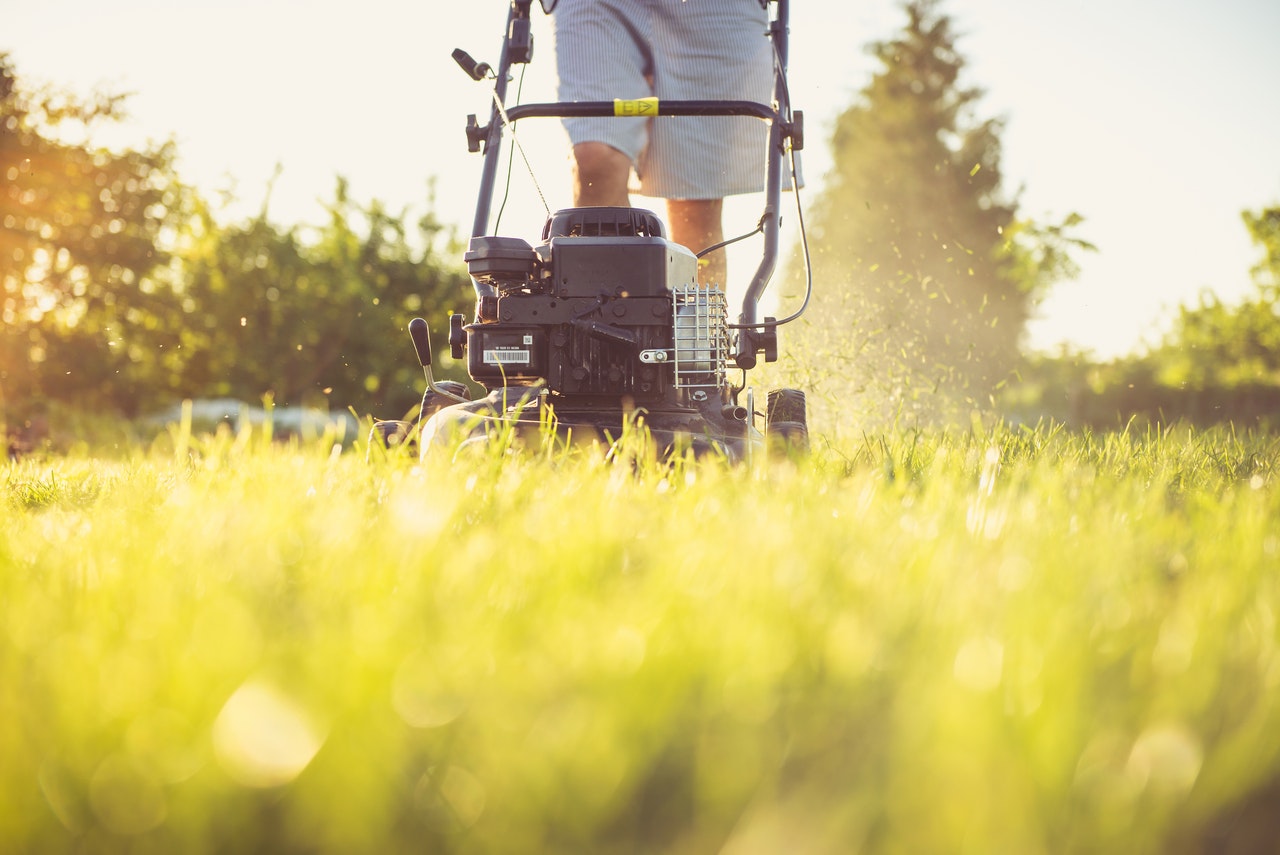
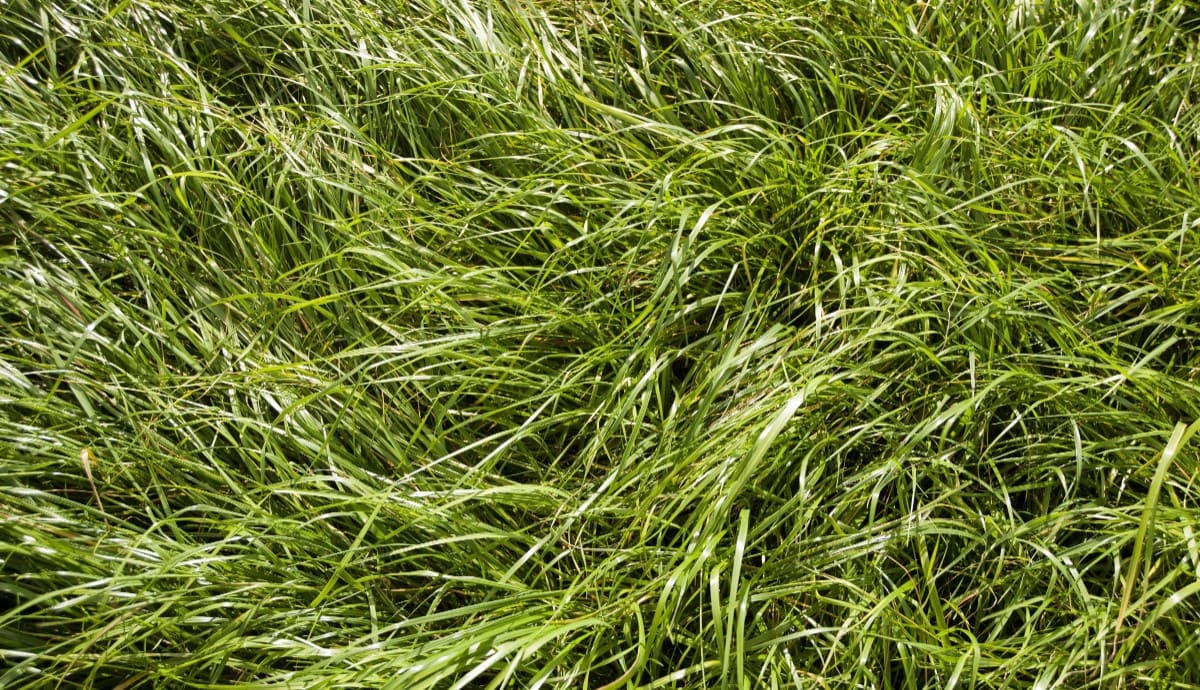
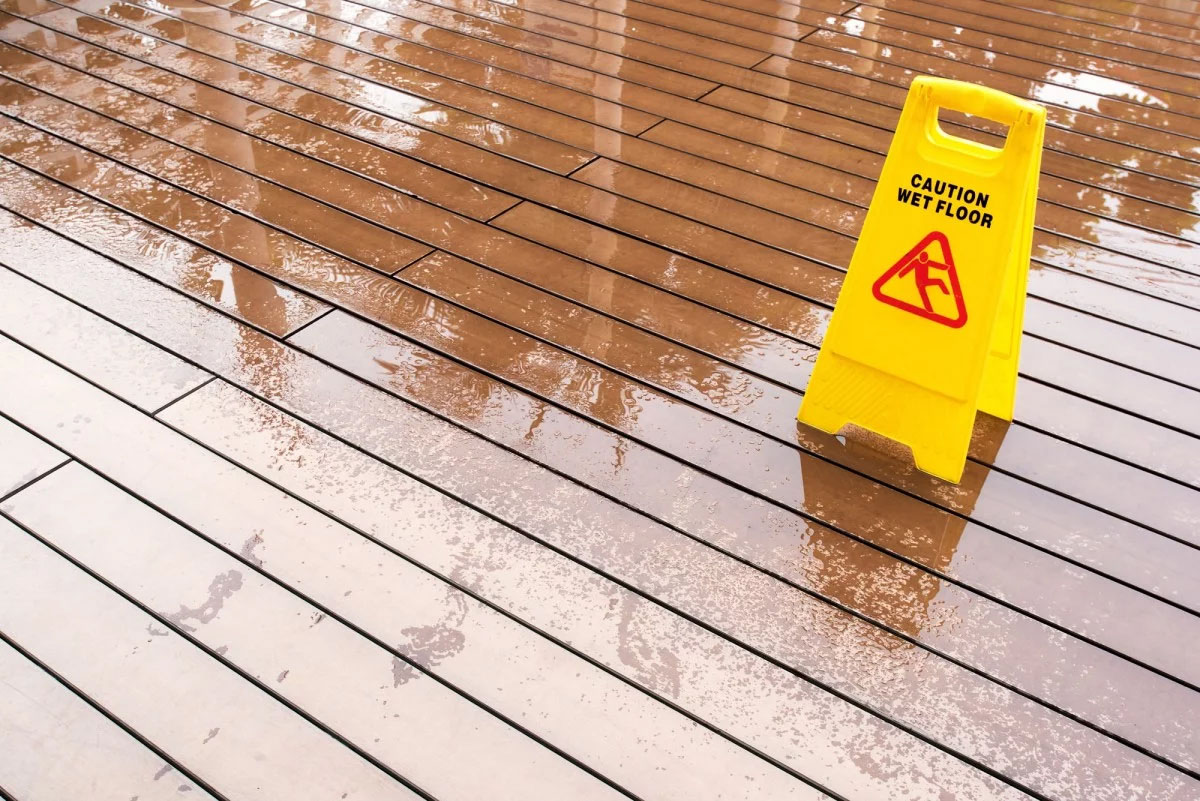
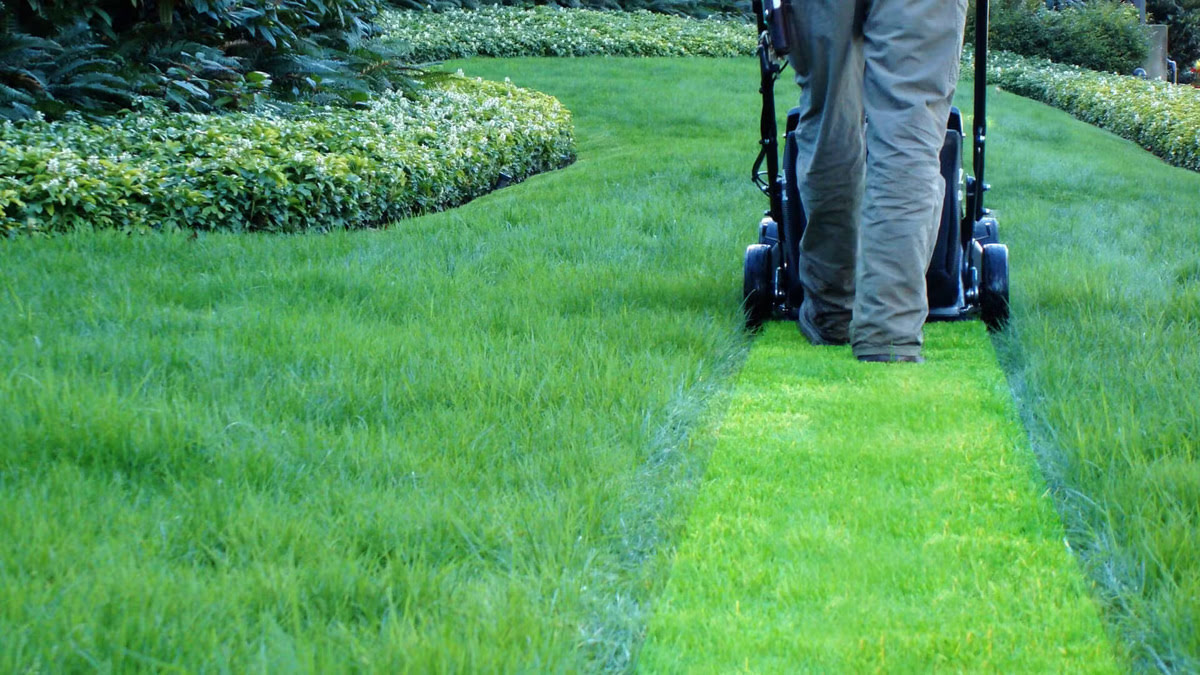
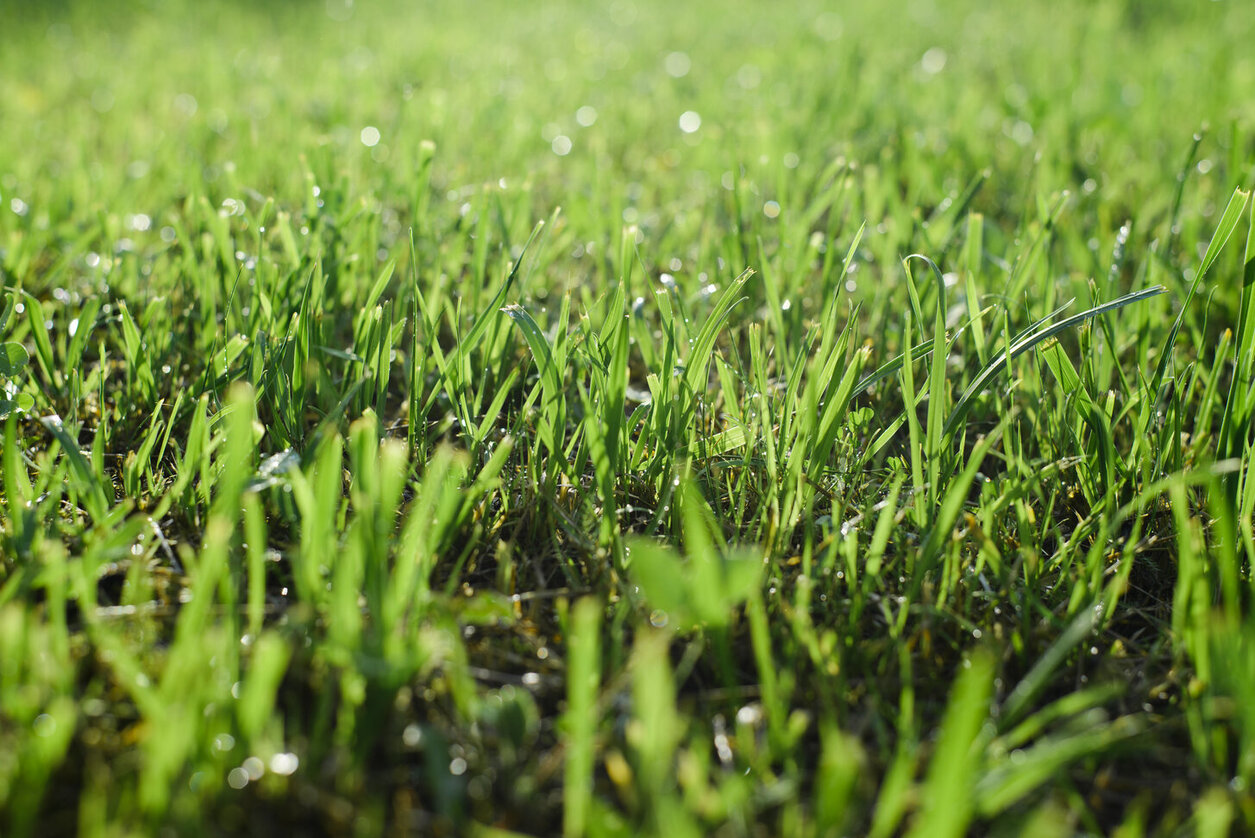
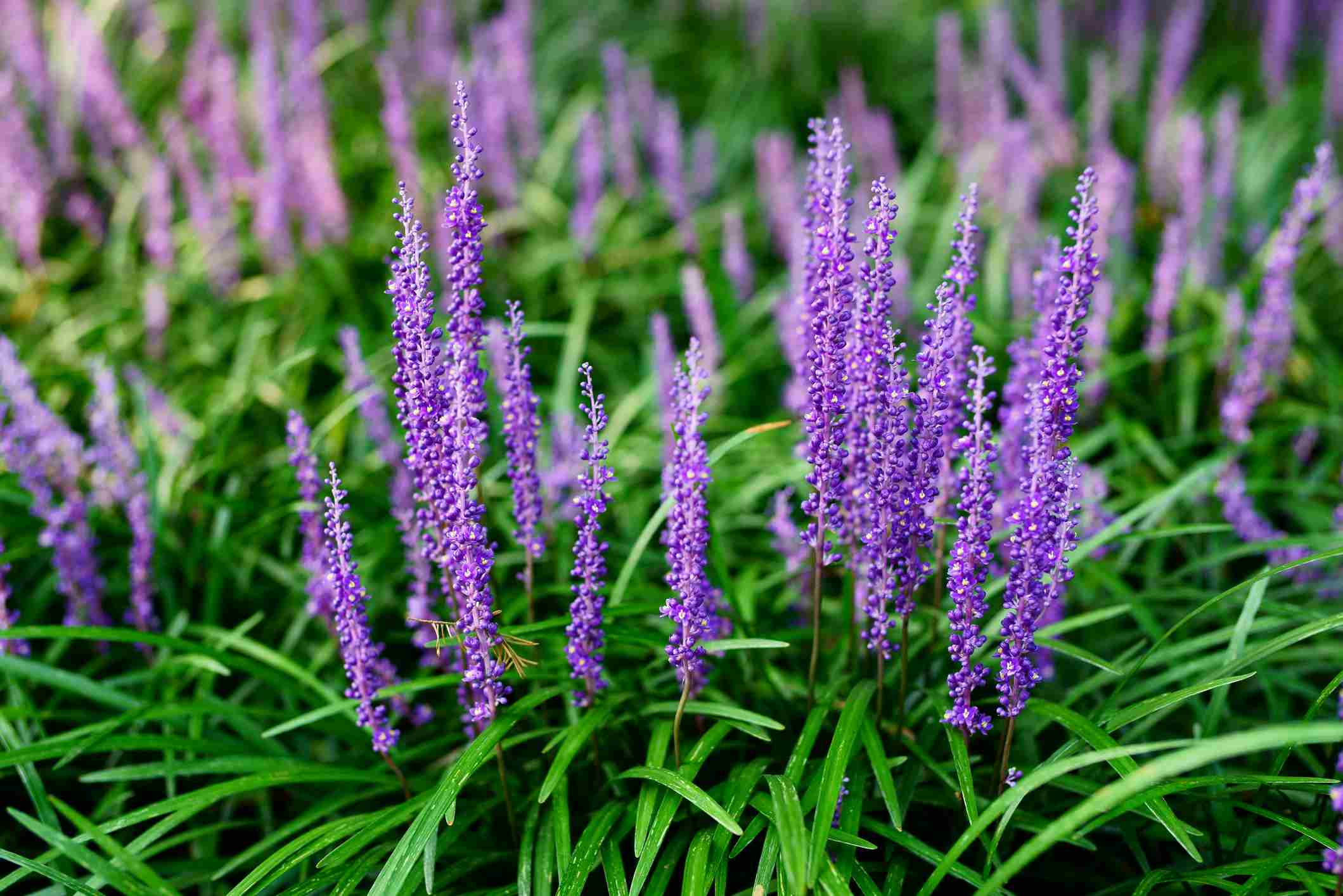
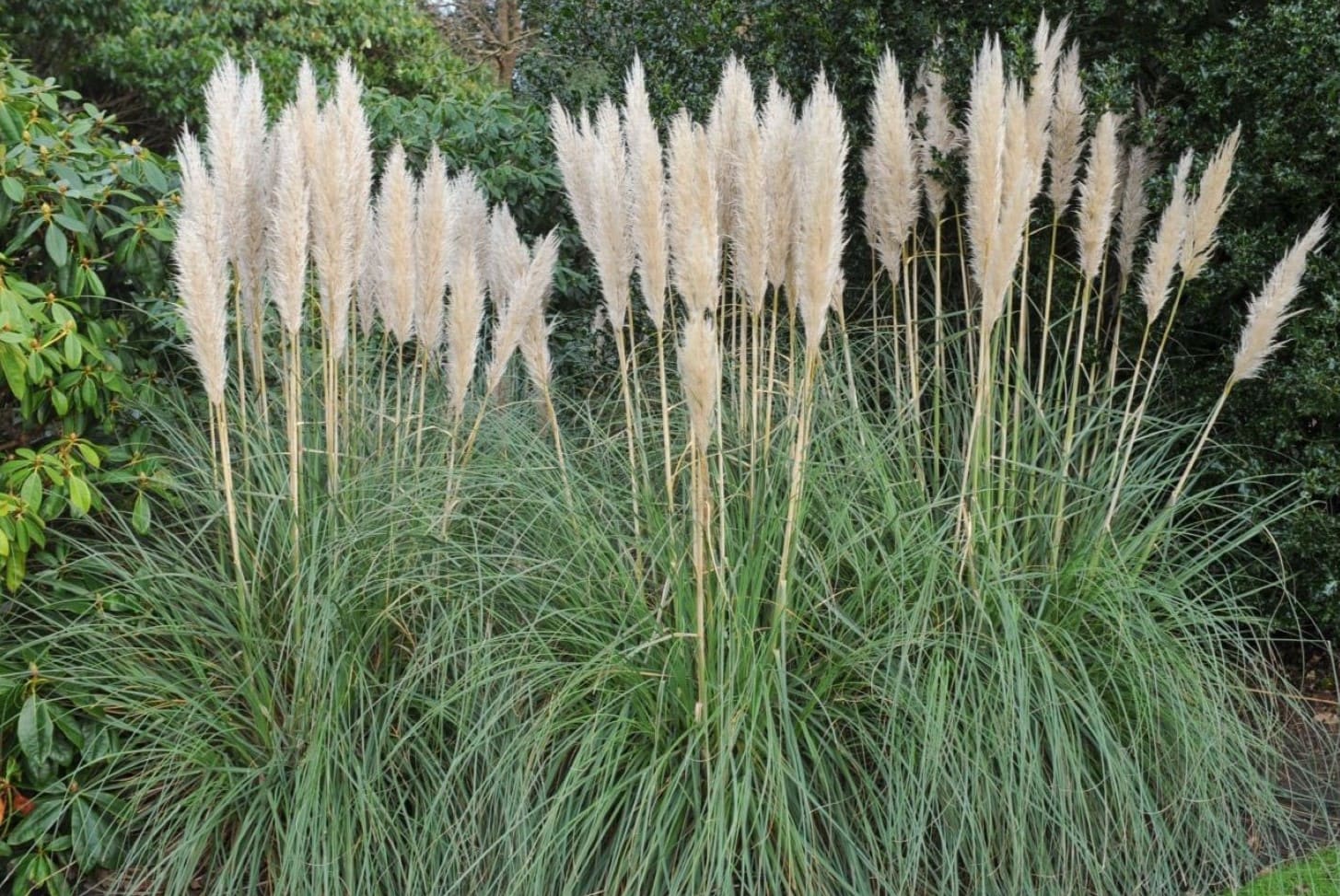
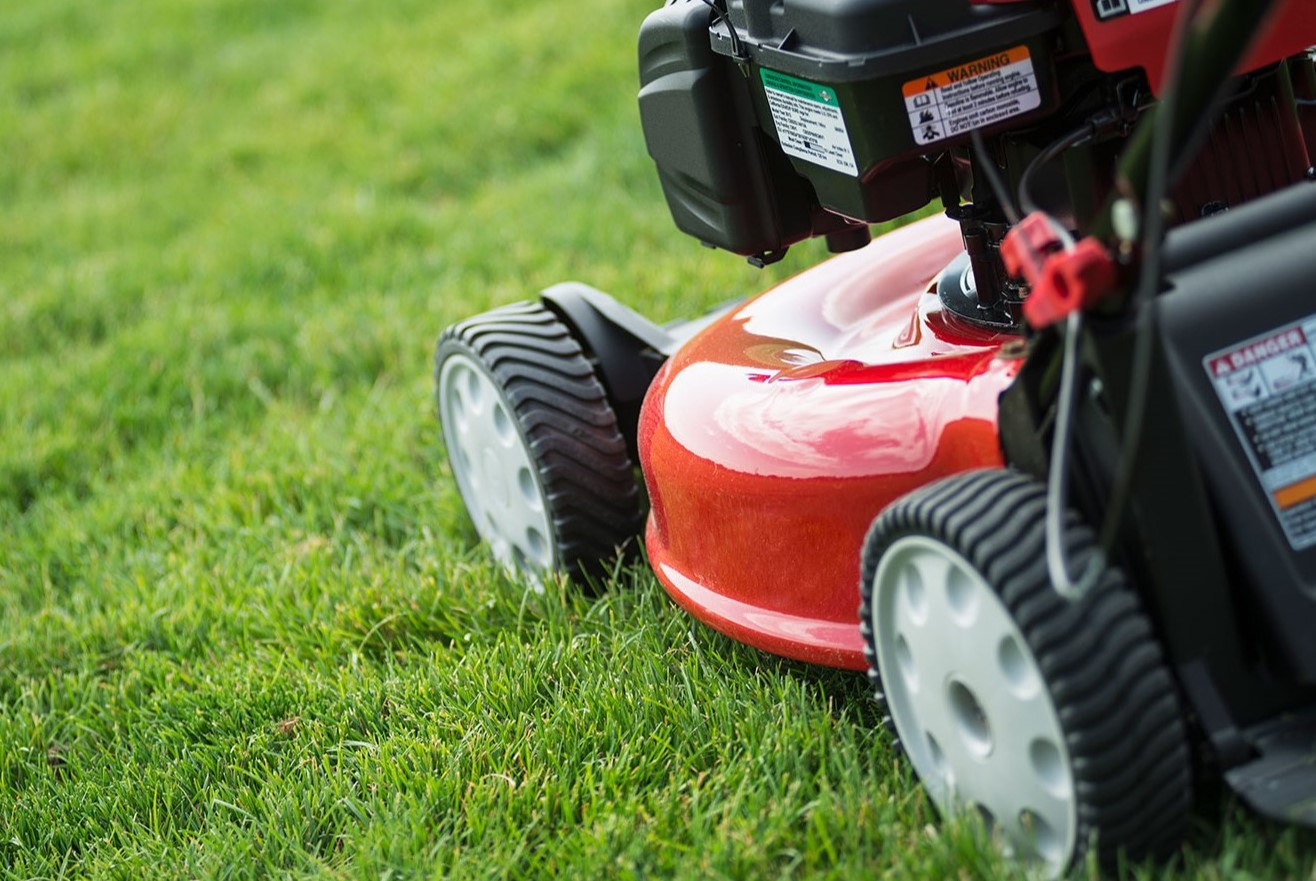
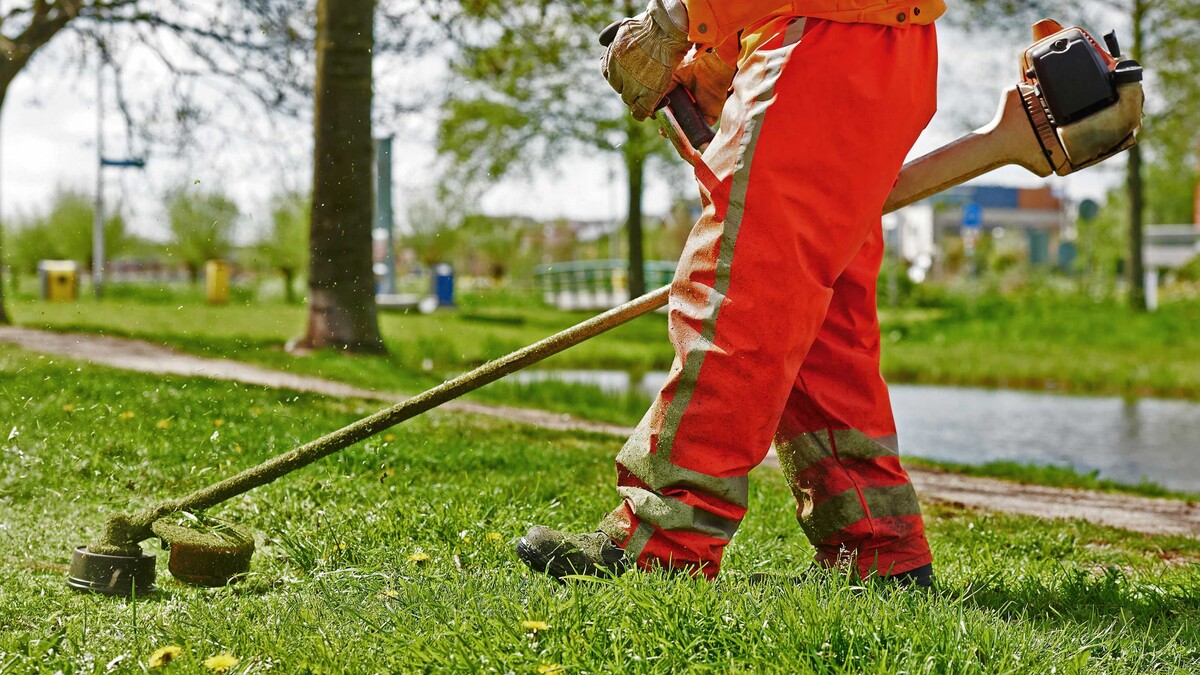
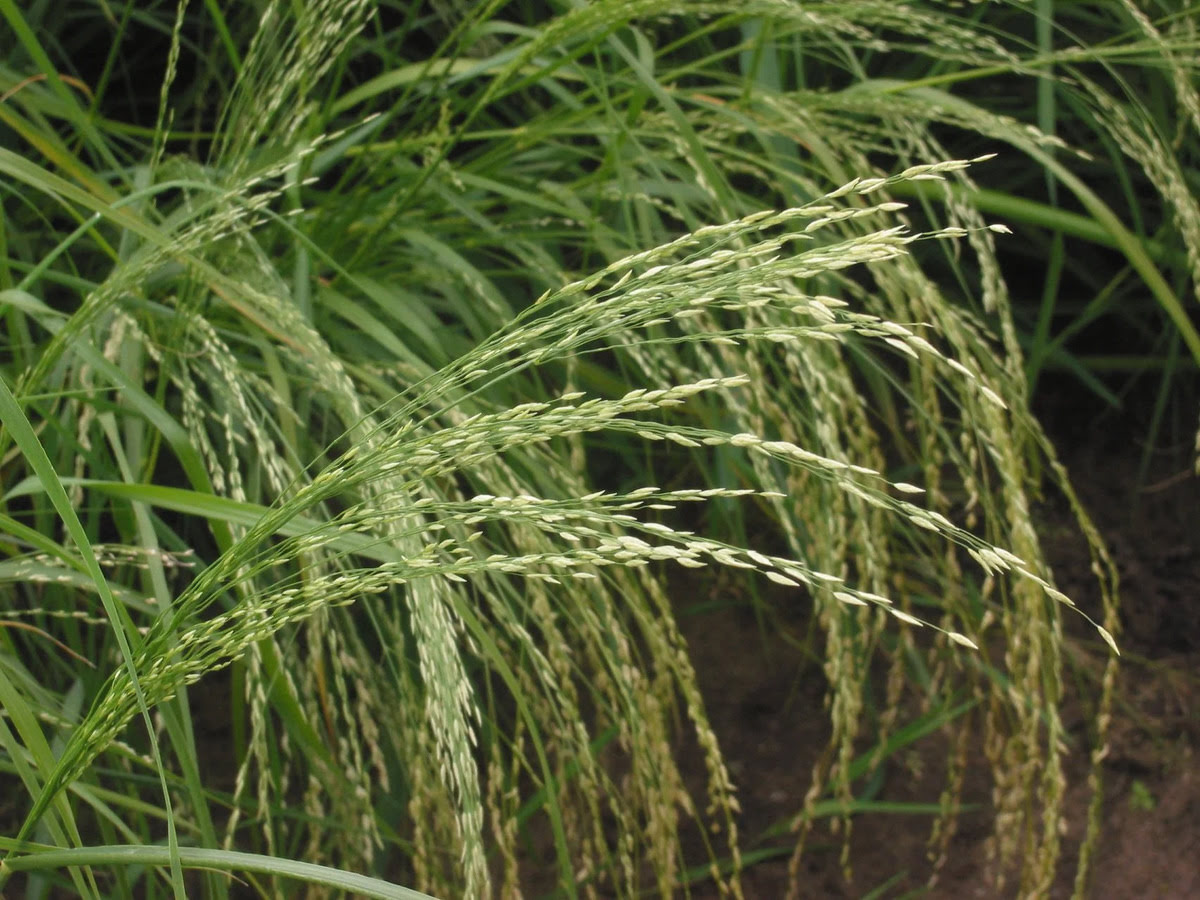
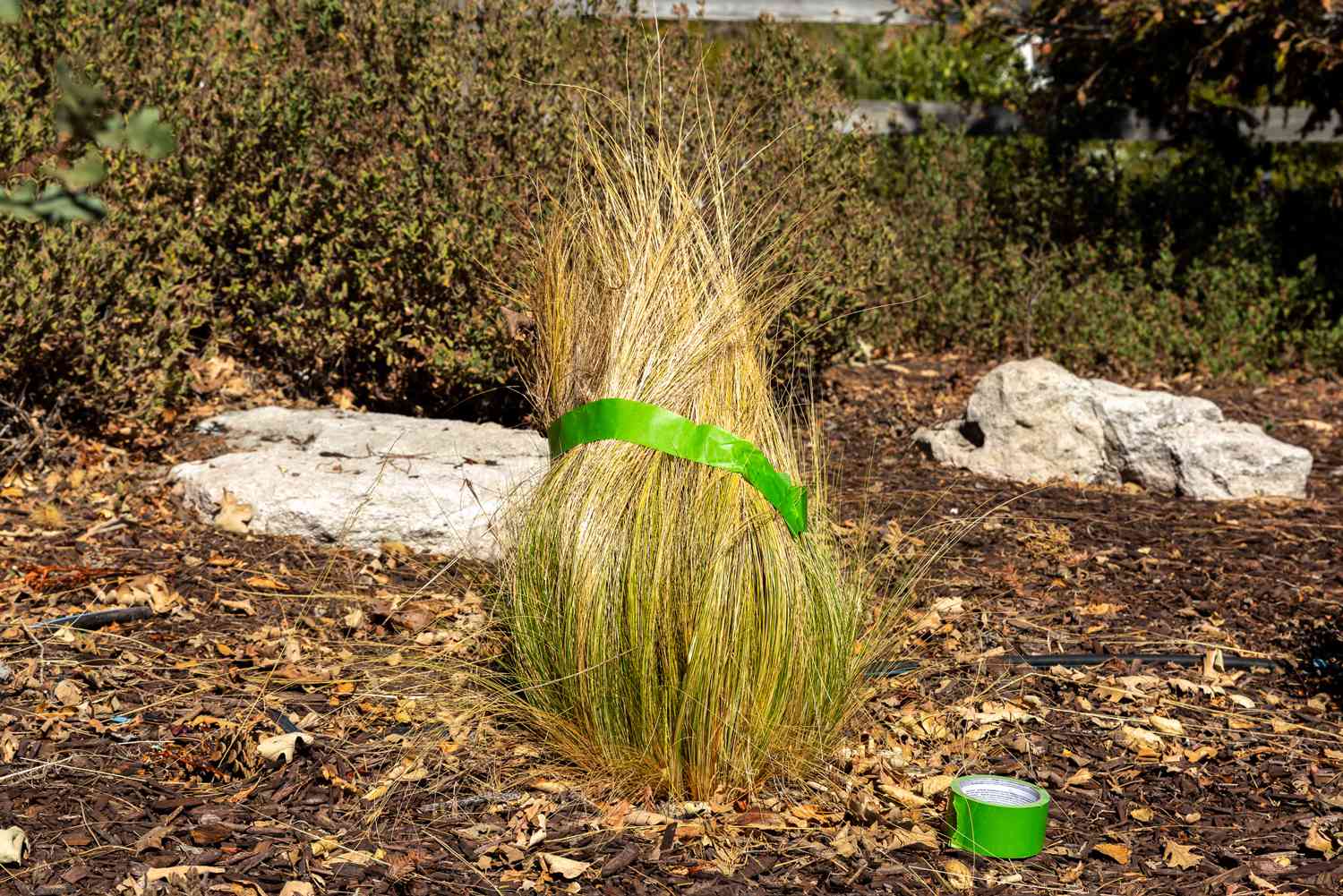
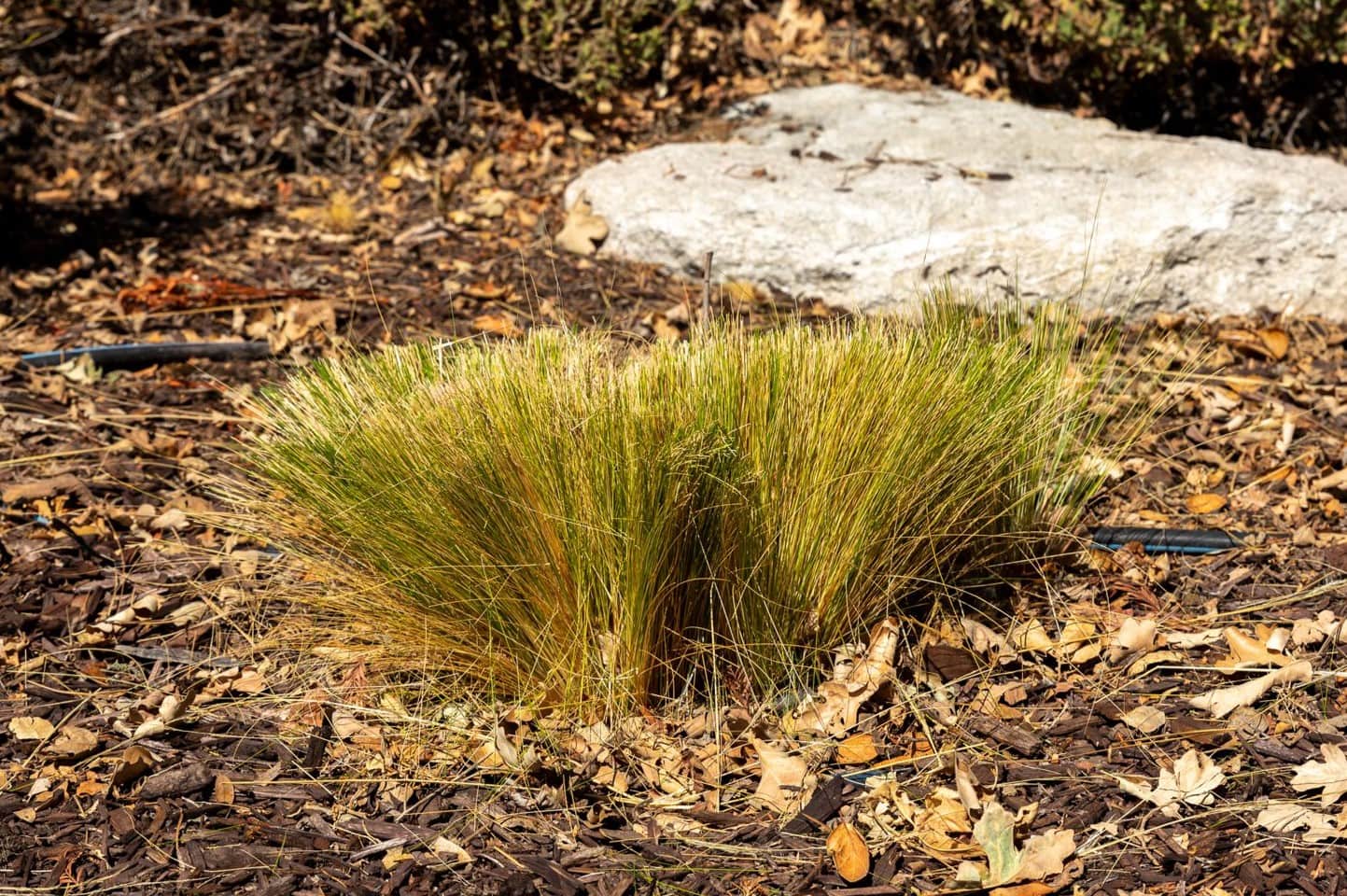
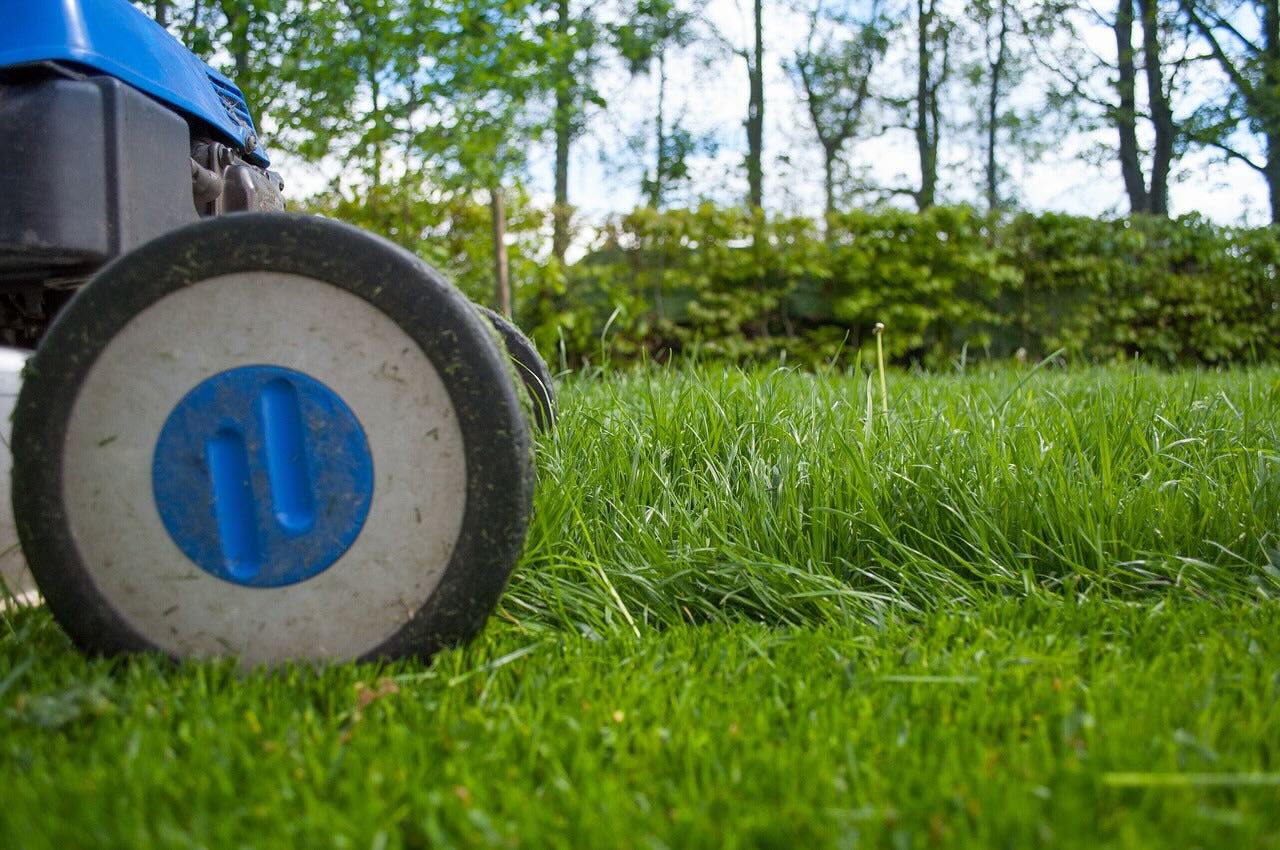
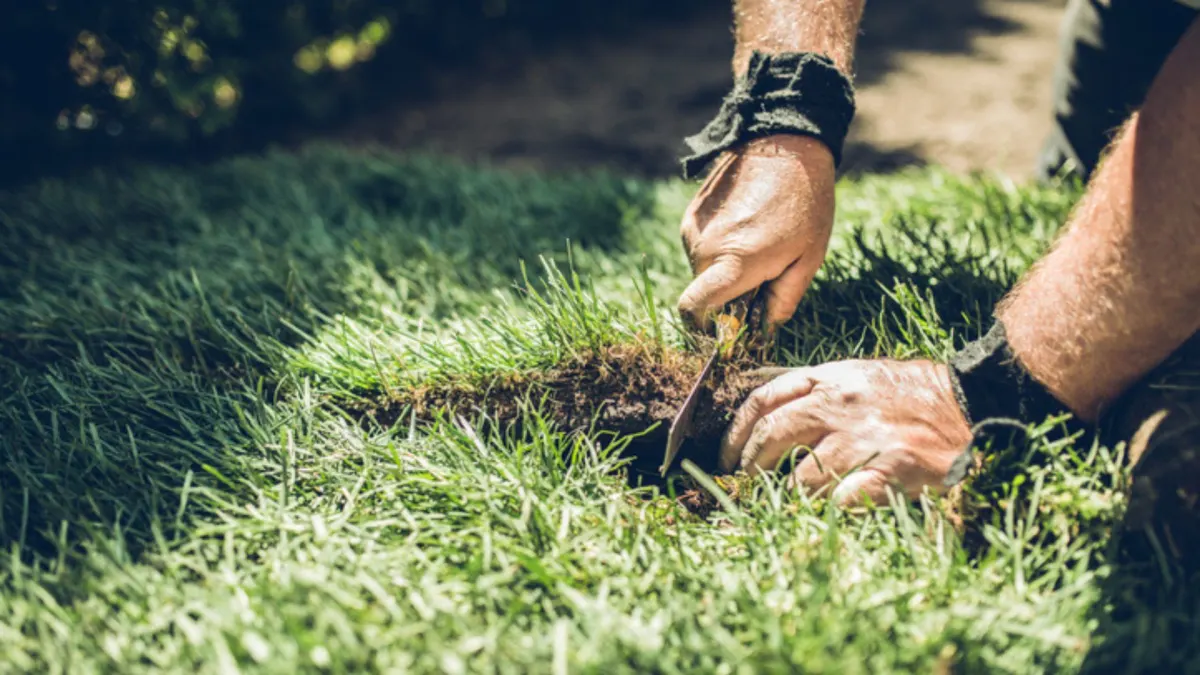

0 thoughts on “Is It OK To Cut Grass When It’s Wet”